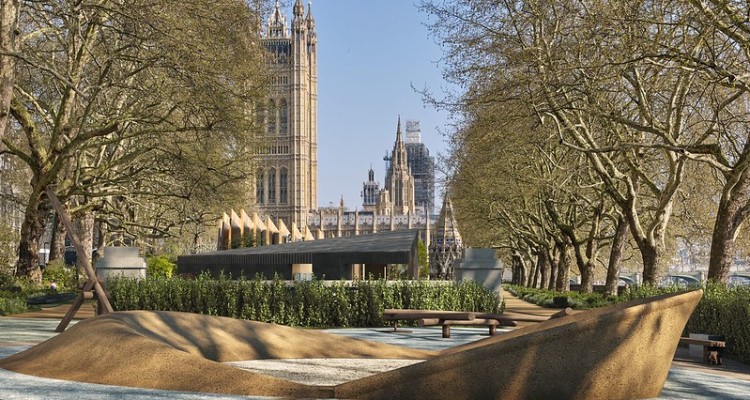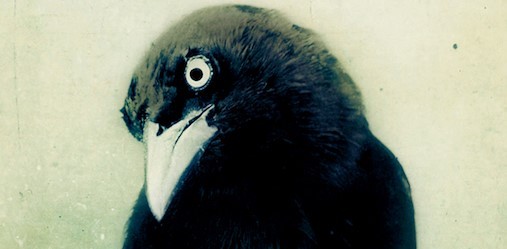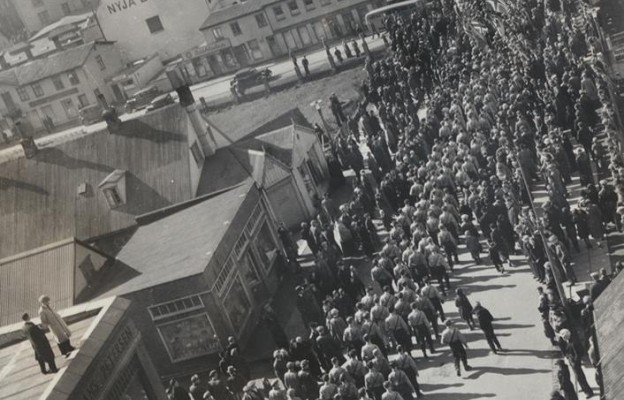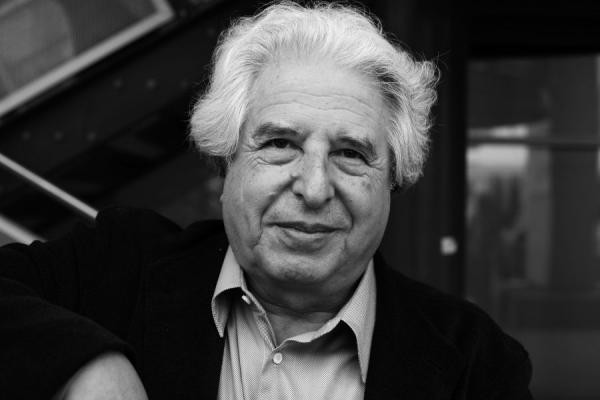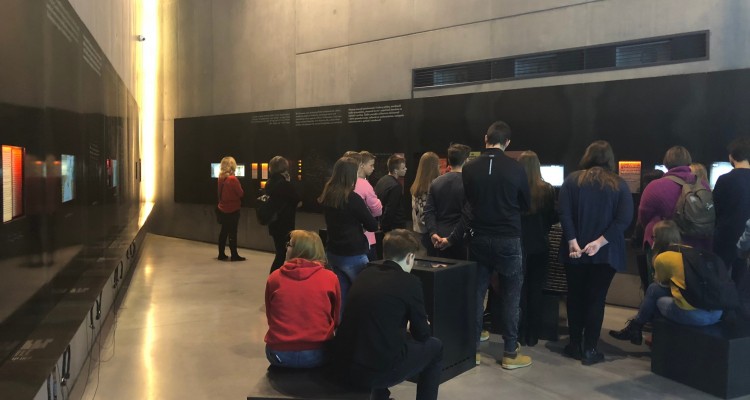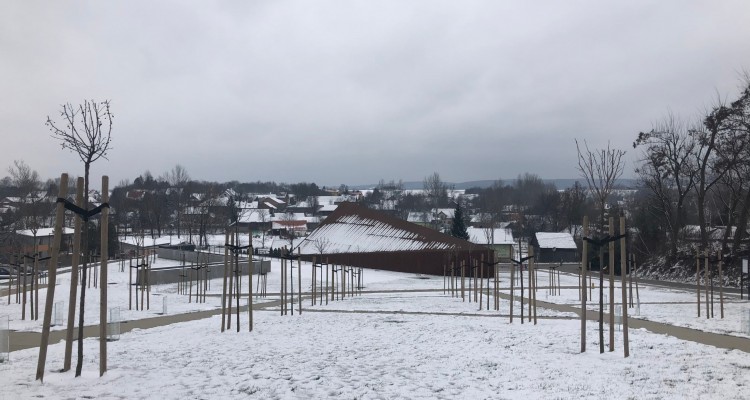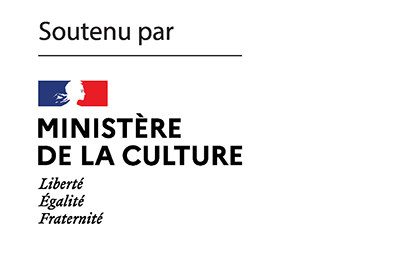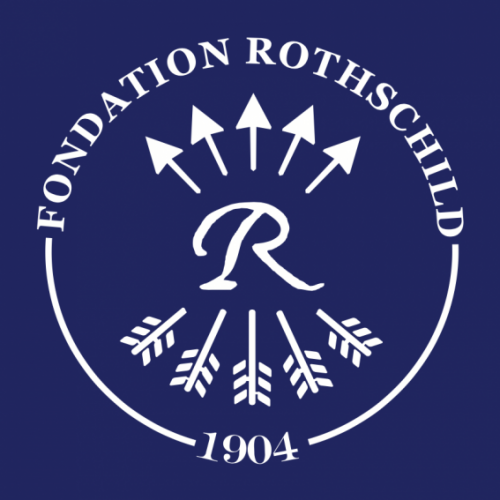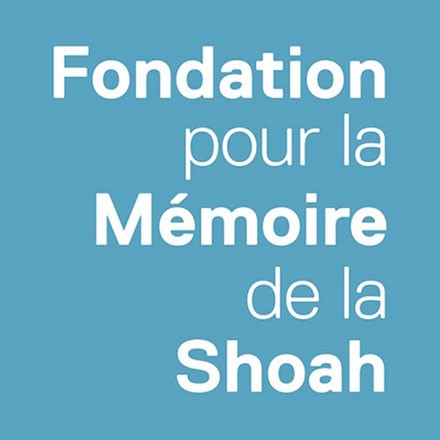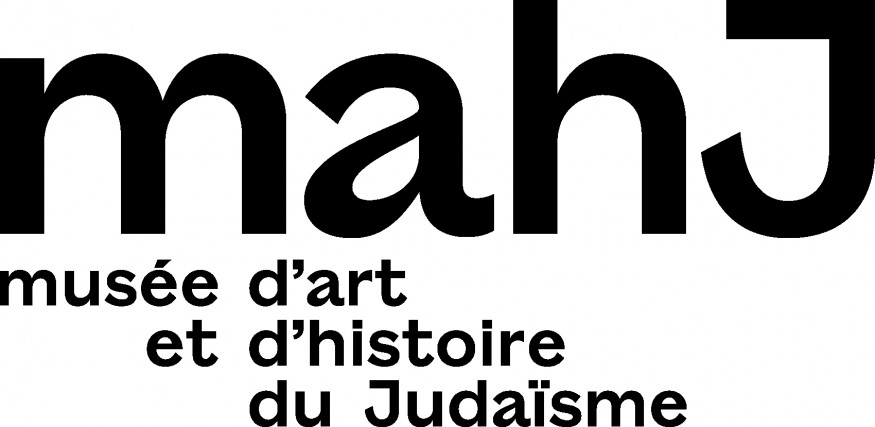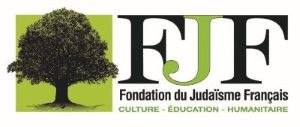Memory of the Holocaust
In 2015, the British Prime Minister David Cameron announced the construction of a new Holocaust memorial and world-class learning center. Since then, the project has been racking up delays and stirring up various controversies. Journalist Liam Hoare investigated this project for K. and, more broadly, the issues of Holocaust remembrance policy in Britain.
Published a year ago, The Memory Monster (Restless Books) is Yishai Sarid’s fourth book, after two crime novels and a novel set in a futuristic dystopia. This penultimate novel, The Third, imagined the destruction of Tel Aviv and Haifa, an endeavor to rebuild the Temple in Jerusalem and Israel’s transformation into a theocratic kingdom. The Memory Monster is an equally provocative and disturbing story that questions the relationship of Israelis to Europe and the memory of the Holocaust.
Exactly eighty years ago, on September 29-30, 1941, nearly 34,000 Jews from Kiev were executed at Babi Yar, a ravine located west of the Ukrainian capital. The question of the memorialization of the site, raised at the end of the war, has still not found a clear answer to this day. Lisa Vapné gives us a glimpse of the long and conflicting history, full of twists and turns, of a memory that has yet to be built on the very site of the crime.
The Jewish community in Iceland is both young and very small. Yet the island at the edge of Europe has a rich history of antisemitism. To learn more about this apparent paradox, K. publishes a disturbing text by researcher Vilhjálmur Örn Vilhjálmsson. He tells us about Iceland, its elites of dubious ancestry, its antisemitic undertones… and its few Jews.
While anti-Semitism is rampant throughout the world, the Holocaust memory is increasingly interrogated in the name of post-colonial ideas. The latest attack is signed by the Australian historian Dirk Moses. The great historian of the Holocaust Saul Friedländer, in an article originally published in Die Zeit, counters: “‘Auschwitz’ was something completely different from the colonial atrocities of the West.
Last week, Ewa Tartakowsky told us about the conditions under which a school visit like the one to the “Museum of the Poles Who Saved Jews During the Second World War – Ulma family” in Markowa takes place today, in the era of the PiS, Poland’s right-wing nationalist governing party. Here is the second and final part of this brush withg a biased, ethno-religious account of the history of relations between non-Jewish Poles and Jews in Poland.
A group of students enrolled in a course on the Polish Righteous Among Nations went to Markowa, in the Subcarpathian region, to visit the “Museum of Poles Saving Jews during the Second World War – Ulma Family.” Ewa Tartakowsky accompanied this visit. She explains how the discourse that accompanies it resonates with the memorial policies promoted by the PiS government. Excerpts from a field diary, part one.
Join us
With the support of:
Thanks to the Paris office of the Heinrich Böll Foundation for their cooperation in the design of the magazine’s website.
